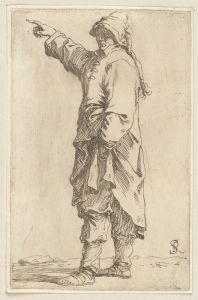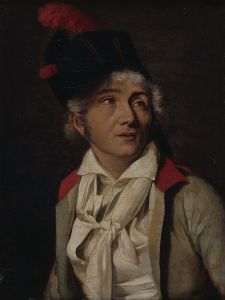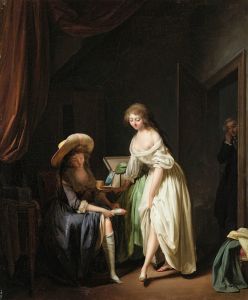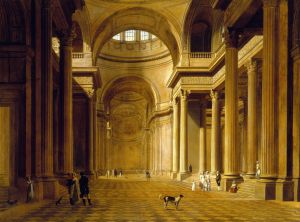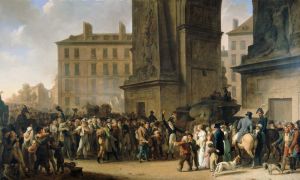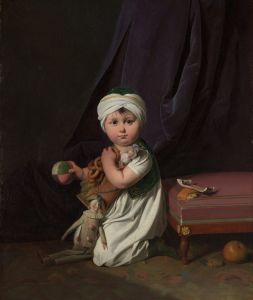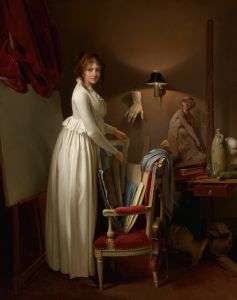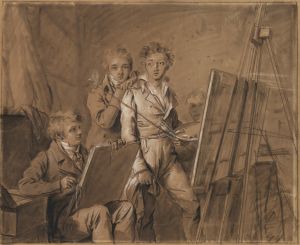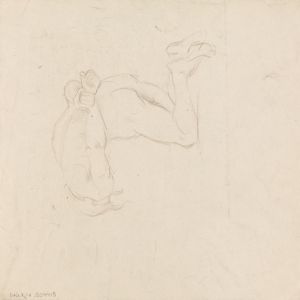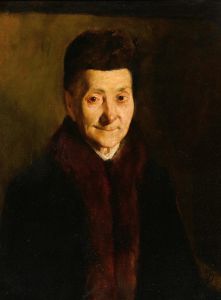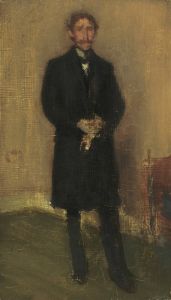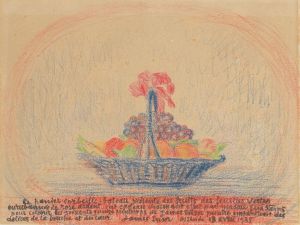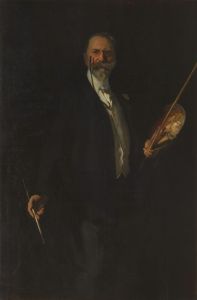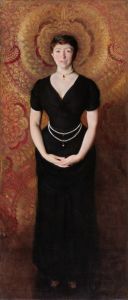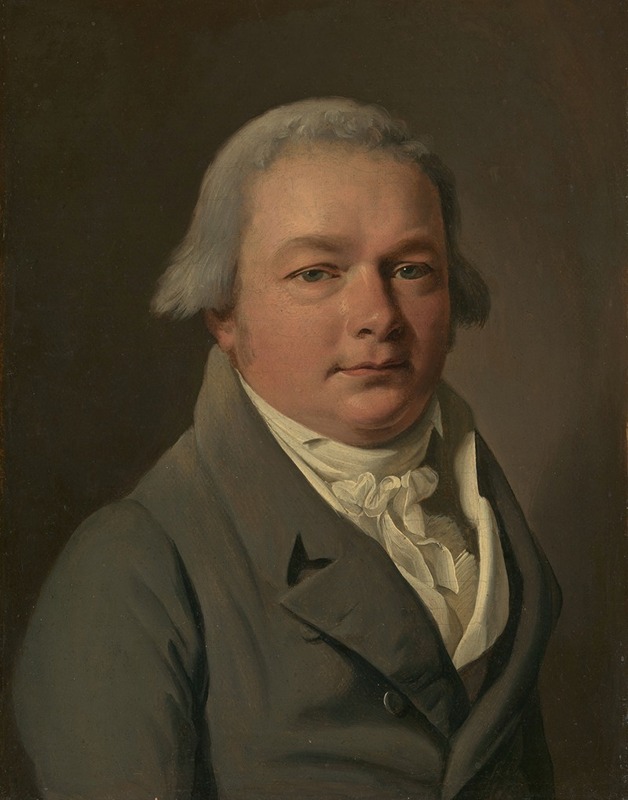
Portrait of a Man
A hand-painted replica of Louis Léopold Boilly’s masterpiece Portrait of a Man, meticulously crafted by professional artists to capture the true essence of the original. Each piece is created with museum-quality canvas and rare mineral pigments, carefully painted by experienced artists with delicate brushstrokes and rich, layered colors to perfectly recreate the texture of the original artwork. Unlike machine-printed reproductions, this hand-painted version brings the painting to life, infused with the artist’s emotions and skill in every stroke. Whether for personal collection or home decoration, it instantly elevates the artistic atmosphere of any space.
Louis Léopold Boilly was a French painter and draftsman known for his detailed and vivid portrayals of Parisian life during the late 18th and early 19th centuries. Among his extensive body of work is the painting "Portrait of a Man," which exemplifies his skill in capturing the subtleties of human expression and character.
"Portrait of a Man" is a fine example of Boilly's portraiture, a genre in which he excelled. Although specific details about the subject of this painting are not widely documented, Boilly's portraits typically reflect the social milieu of his time, often depicting members of the burgeoning bourgeoisie or notable figures of the era. His works are characterized by their meticulous attention to detail, realistic representation, and the ability to convey the personality and mood of the sitter.
Boilly was born in La Bassée, France, in 1761 and began his artistic career at a young age. He moved to Paris in 1785, where he quickly gained recognition for his talent. During a time of significant social and political upheaval in France, Boilly's work provides a window into the daily lives and fashions of the people living through these changes. His portraits are particularly valued for their historical accuracy and insight into the period.
The "Portrait of a Man" showcases Boilly's adept use of light and shadow to create depth and realism. His technique often involved a smooth application of paint to achieve a lifelike texture, particularly in the rendering of skin and fabric. This attention to detail is evident in the way he captures the nuances of the sitter's expression, suggesting a thoughtful or introspective mood.
Boilly's work was influenced by the artistic movements of his time, including Neoclassicism and Romanticism, yet he maintained a distinctive style that set him apart from his contemporaries. His portraits often include subtle elements that hint at the sitter's personality or status, such as their attire, posture, or the inclusion of specific objects within the composition.
Throughout his career, Boilly produced over 5,000 works, including portraits, genre scenes, and trompe-l'œil paintings. His ability to adapt to the changing tastes and political climates of his time allowed him to remain a prominent figure in the French art scene for several decades. Boilly's paintings are held in high regard for their technical proficiency and their contribution to the documentation of French society during a transformative period in history.
"Portrait of a Man" is part of this legacy, representing Boilly's commitment to capturing the essence of his subjects with precision and empathy. While the identity of the man in the portrait may not be widely known, the painting itself remains a testament to Boilly's skill as a portraitist and his keen observation of the human condition. His works continue to be studied and appreciated for their artistic merit and historical significance, offering a glimpse into the lives of those who lived during one of the most dynamic periods in French history.





